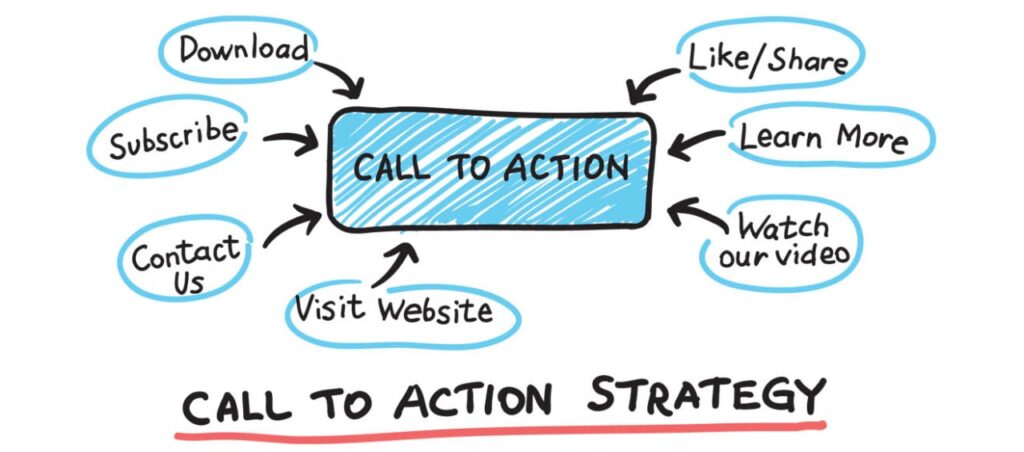
In the digital landscape, a Call-to-Action (CTA) is more than just a button on your website. It’s a crucial element of your site’s design and marketing strategy, guiding users towards your goal, whether it’s making a purchase, signing up for a newsletter, or downloading a resource. This blog post explores effective CTA strategies that can enhance user engagement and improve conversion rates.
Understanding the Importance of Call-To-Action (CTA’s)
A well-crafted CTA can significantly influence user behavior and decision-making. It’s not just about getting clicks; it’s about creating a clear and compelling pathway for users to take the desired action.
“Google only loves you when everyone else loves you first.”
Wendy Piersall
Key Elements of an Effective CTA
1. Visibility and Design
- Contrast and Color: Use colors that stand out from the rest of your page but also align with your brand.
- Size and Placement: Make sure your CTA is large enough to be noticed but not overwhelming. The placement should be intuitive, often at the end of content or in a prominent spot.
2. Clear and Concise Messaging
- Action-Oriented Language: Use verbs that encourage action, like “Buy,” “Subscribe,” or “Download.”
- Benefit-Driven: Highlight the benefit the user will receive by taking the action.
3. Urgency and Scarcity
- Create a sense of urgency with phrases like “Limited Offer” or “While Supplies Last.”
- Use countdown timers for special deals to prompt quicker decision-making.
4. Personalization
- Tailor CTAs based on user behavior, location, or stage in the sales funnel.
- Personalized CTAs tend to perform better than generic ones.
Advanced CTA Strategies
A/B Testing
- Test different versions of your CTAs to see which performs better. Experiment with different colors, wording, and placements.
Segmentation
- Use different CTAs for different segments of your audience. This can be based on their browsing behavior, purchase history, or demographic data.
Integration with Content
- Ensure your CTA aligns with the content around it. A relevant CTA increases the likelihood of a user taking action.
Utilizing White Space
- Don’t clutter your CTA with too much information or surrounding content. Use white space effectively to make your CTA stand out.
The Role of CTAs in User Journey
Every CTA should be a natural step in the user’s journey on your site. It should feel like a helpful suggestion rather than a pushy sales tactic.
CTAs are a vital component of your website’s success, serving as guideposts that lead users to take desired actions. An effective CTA strategy requires understanding your audience, clear messaging, and continuous testing and refinement. By implementing these tips, you can create CTAs that not only catch the eye but also convert visitors into customers, subscribers, and engaged users.

